
Modern greenhouse farming is a very profitable industry. Moreover, there is an untapped potential that few people think about. It is possible to reach 200% in this business by combining new technologies of cryptocurrency mining with exotic plants cultivation.
A greenhouse is an agricultural structure consisting of a frame and a transparent dome with translucent walls. It is used to grow plants that are not typical for a given climatic region or crops that require special care. This also speeds up the growing process and allows you to harvest plants 2-3 times a year. You can grow almost anything in a greenhouse, from lettuce and flowers to tomatoes, watermelons, and fruit trees.
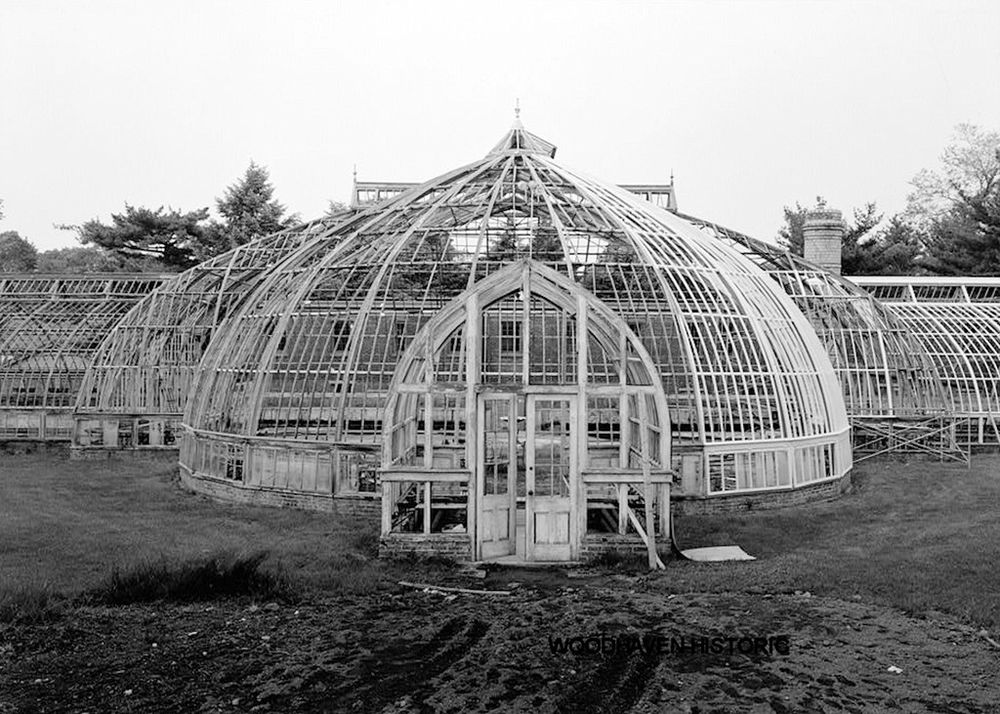
This is what a typical 19th-century greenhouse looked like - a real work of art!
Greenhouses were mentioned as far back as the Roman Empire. Thanks to them the rulers could eat their favorite foods all year round. European rich people mostly built structures made of wood and glass (greenhouses) for growing rare and exotic crops. Modern greenhouses use not only glass, but also film and polymer plastic (polycarbonate). Structures made of it are very durable, strong, protected from excessive ultraviolet radiation and don’t require special care.
In regions with moderate and sometimes subtropical climates, you just can't do without greenhouses: they retain heat longer, so the plants feel comfortable. Although, it is necessary to set up additional lighting and heating. Young plants are protected from such weather surprises as April frosts or snow in May. The vegetative period of plants is prolonged regardless of weather conditions.
The greenhouse protects plants that have just started their life cycle from hail, storms, heavy rain, etc. In addition, the isolated space is less likely to spread diseases and parasites, causing 50-80% less damage than in open areas.
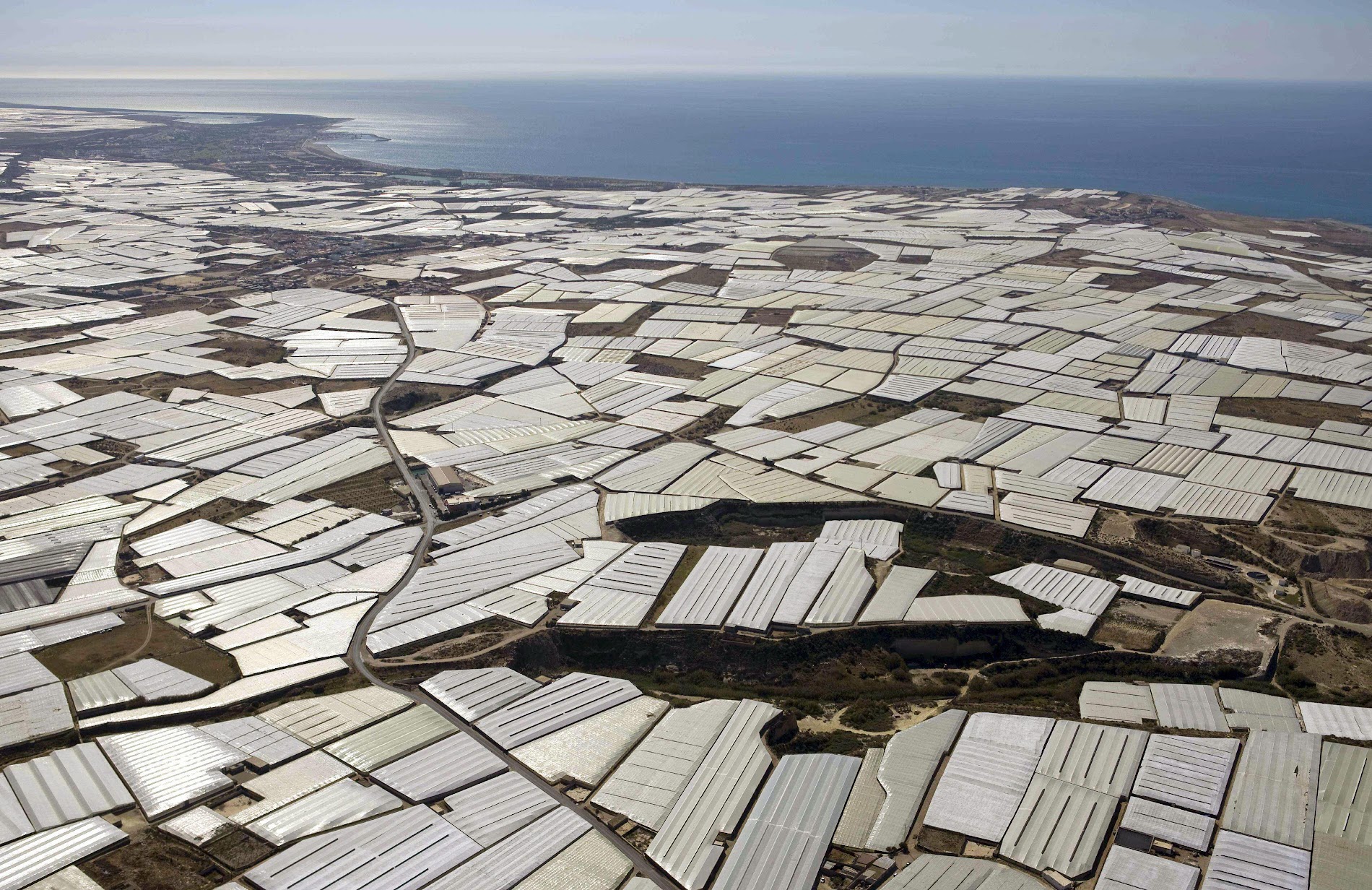
A bird's eye view of the "plastic sea" of greenhouses in Spanish Almeria
In hot countries, greenhouses are installed for more stable and year-round cultivation of certain crops. In such conditions there is a lot of light and heat, practically no pests and diseases, which allows to shoot several harvests a year. For example, a very large farm is located in the province of Almeria (Spain). It is one of the most profitable among other Spanish farms, although it is almost everywhere warm. Extensive areas are occupied by greenhouses in China, Japan, Turkey, Italy and the Netherlands. That is, the geography of their use is not limited to countries with cold climates.
Initially, only natural sunlight was used to grow plants in greenhouses. Therefore, the harvest depended directly on the region and weather conditions prevailing in a particular season. Not all plants are light-loving and very sensitive to wavelengths of different spectrums. Then different kinds of lighting appeared, the most optimal of which are LED, or phytolamps. They have an excellent light efficiency, consume little electricity, while being durable, safe and easy to install. They can be adjusted to any plant cycle and the only disadvantage is probably the high price.
Quite popular are also sodium lamps with high luminous efficacy and affordable price. For cold regions mercury lamps with a soft luminous flux are often used. However, you need to be extremely careful when handling them, because mercury is toxic to humans and plants. Similar in characteristics to mercury fluorescent lamps, which are slightly better for plants at a certain stage, but also unsafe. Experienced farmers choose metal halide lamps, more suitable for sprouts, but requiring a solid investment and competent installation.
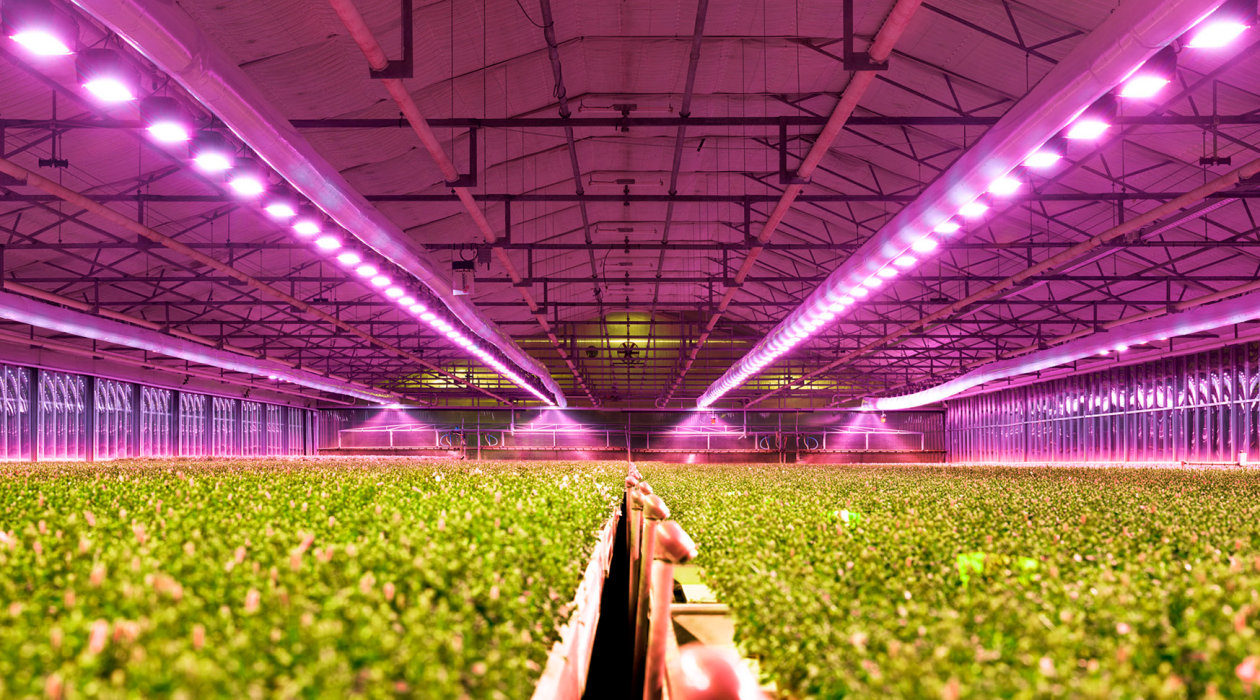
Sodium lamps are also quite popular with their high luminous efficacy and affordable price. For cold regions, mercury lamps with a soft luminous flux are often used. However, you must be extremely careful when handling them because mercury is toxic to humans and plants. Fluorescent lamps are similar in characteristics to mercury lamps, which are somewhat better for plants at a certain stage, but are also unsafe. Experienced growers choose metal-halide lamps, which are more suitable for plant sprouts, but require a solid investment and competent installation.
Greenhouse heating is most commonly needed in cold regions. Some of them keep the heating on permanently, such as The South Pole Food Growth Chamber at the Amundsen-Scott Antarctic Station at the South Pole. There are a lot of methods to maintain necessary temperature in a greenhouse, but let's focus on the most innovative and well-known ones.
Read also: Mining in Oil Fields - The Future of Cryptocurrency Mining?
Recently, it was suggested to heat greenhouses using immersion cooling units designed for mining equipment. Miners are submerged in a thermostable medium, which is a dielectric coolant. ASICs or video cards are dismantled from their original air cooling fans and placed in an isolated ecosystem, with the heat generated redirected for heating the structure.
The main advantage of this type of heating for the greenhouse owner is that it allows developing two business activities at once: mining of cryptocurrency (BTC, ETH or one of more than 4 000) and growing of heat-loving plants. In this case, electricity is used only once, but for two purposes simultaneously - mining and space heating. That is, you save on heating or mining, as you prefer. You can turn on BiXBiT units when you need heat and they will mine at the same time, paying for themselves, or set them to work 24 hours a day, which will maximize profits.
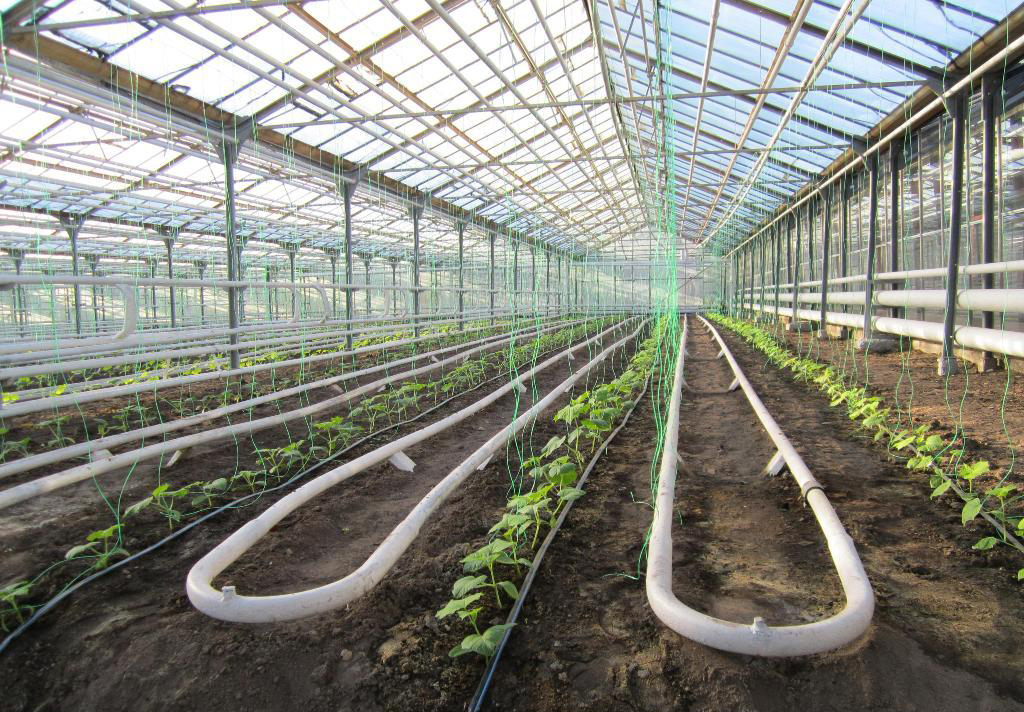
The simplest of the traditional methods is, needless to say, sunlight heating. It's free, environmentally friendly, and best tolerated by plants. However, this can be out of luck with the weather conditions and the climate in general. Air heating is considered the fastest way, however, the greenhouse cools down rather quickly after it is shut off. With water heating, the air remains humidified which is favorable for plants, but such installation itself and its maintenance will cost a pretty penny. The electric method, which is fairly easy to set up and works automatically, has also proven to be quite good, but electric appliances dry out the air and are not always economical.
Thus, none of the above options, except for heating with mining equipment, is not able to pay for itself and bring profit.
For quick heating of a greenhouse, you can install a regular mining farm with a few air-cooled ASICs. The devices will mine cryptocurrency and work like a blow heater. Powerful fans spread the heat released and the greenhouse will warm up quite quickly. However, this approach has some significant drawbacks:
air-cooled units produce noise levels of 80-100 dB, making it impossible to work in the greenhouse under these conditions;
because of the high temperature of the outgoing air and the powerful flow, the farm must be placed in a strictly defined place, away from the plants;
the air dries out quickly, which is bad for the growth and development of greenhouse crops;
the need to find the ideal microclimate balance for both plants (which like humid air) and ASIC, for which lower humidity is better;
the need for regular replacement of moving parts of the ASICs and repairs.
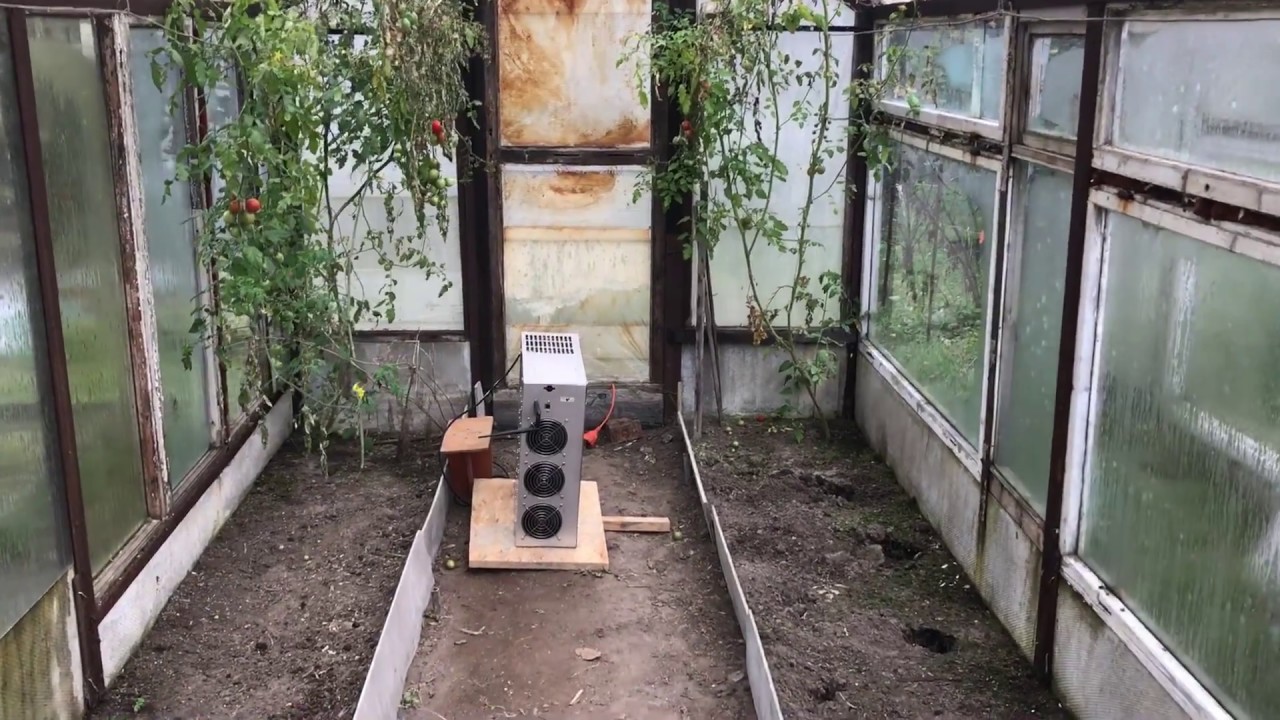
Terminator A2 90Mh ASIC heats a summerhouse
Read also: Review of Miners 2021 — New Models vs. Old Ones With Immersion Cooling
In contrast to air-cooled farms, immersion cooling installations can also be used for water heating, in addition to air heating, for drip irrigation, hydroponic and aquaponic systems, etc. With the help of regulated automatics it is possible to provide round-the-clock and stable maintenance of the temperature necessary for plants' vitality. Excess heat is discharged into the environment with the help of a cooling tower.
Immersion cooling units are also less sensitive to high humidity in the greenhouse, which helps maintain a favorable microclimate for the plants. When used in the greenhouse, they offer a number of significant advantages:
there is no noise from operating ASICs in the greenhouse, and it is possible to maintain higher humidity compared with using air-cooled units;
dielectric liquid and immersion installation as a whole do not emit any substances harmful to humans and plants;
Immersion-cooled rack occupies little space, thanks to its vertical design, and can be installed on any hard surface inside the greenhouse;
immersion units are flexible to meet the needs of thermal output.
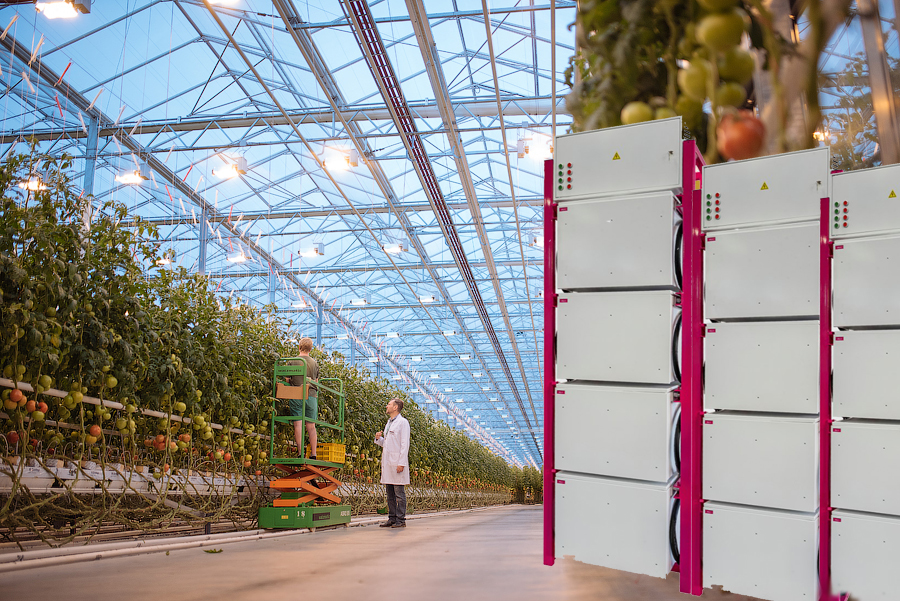
Thus, with BiXBiT there is a unique opportunity to expand your business in two directions. You get the opportunity to save on electricity, mine cryptocurrency and grow your favorite crops. You can say it is a unique self-sustaining and profitable heating station, which allows engaging in environmentally friendly and double-profit activities.
Read also: BiXBiT and the UN Sustainable Development Goals: How We Make the World a Better Place